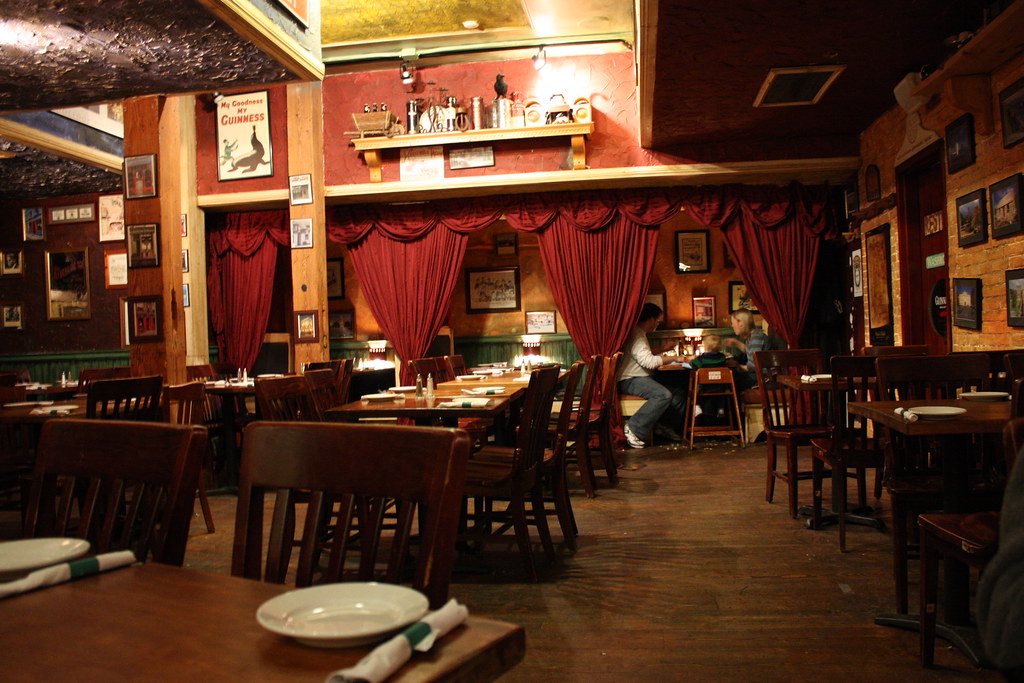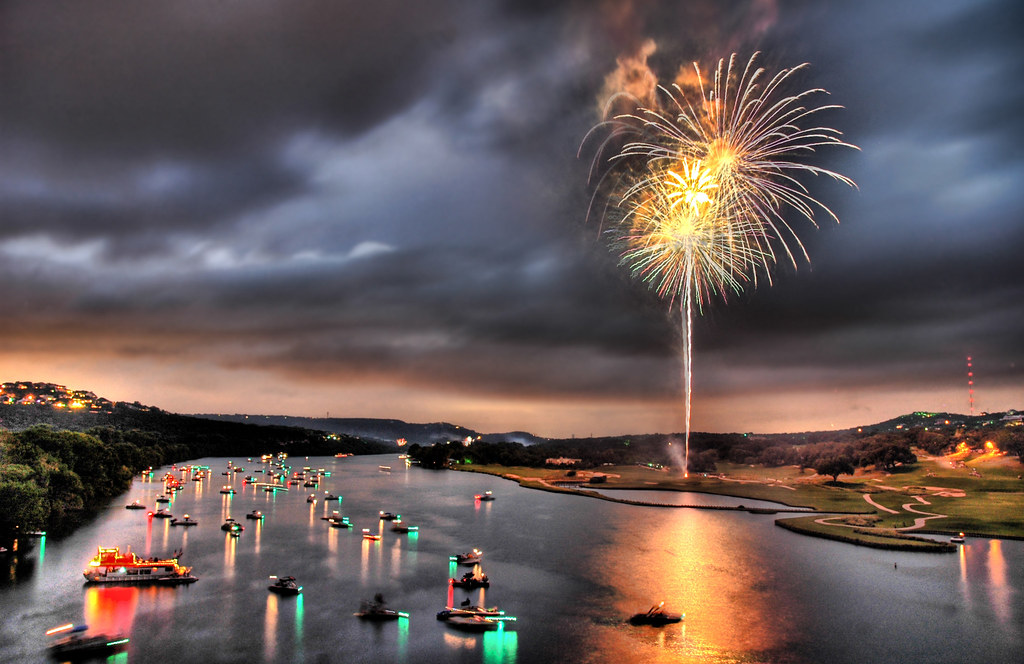Thursday, February 25, 2010
HDR
This is HDR done well. The boats in the water add a great sense of depth. This is clearly photo shopped a lot.
Monday, February 22, 2010
Boston/Cambridge
I attended the annual Harvard Debate Tournament, however, im not here to talk about the debate side of things, I'm here to talk about the photography side of things. Photography was a major part of my trip. This is the first time traveling with my new camera and equipment. It was quite exciting being able to capture the reality of the trip.
 Photo 1: I feel this picture captures the fun we had, just messing around in the Harvard yard. The composition good although this photo was taken at a higher ISO than nessicary. Here is the information for this photo,
Photo 1: I feel this picture captures the fun we had, just messing around in the Harvard yard. The composition good although this photo was taken at a higher ISO than nessicary. Here is the information for this photo,
 Photo 1: I feel this picture captures the fun we had, just messing around in the Harvard yard. The composition good although this photo was taken at a higher ISO than nessicary. Here is the information for this photo,
Photo 1: I feel this picture captures the fun we had, just messing around in the Harvard yard. The composition good although this photo was taken at a higher ISO than nessicary. Here is the information for this photo,| Exposure: | 0.004 sec (1/250) | ||||||||
| Aperture: | f/3.5 | ||||||||
| Focal Length: | 18 mm | ||||||||
| It was also taken at 800 ISO. Photo 2: This photo captures the essence of an Irish Pub in Boston. These are the settings. |
|
Wednesday, February 10, 2010
The Shot
Sometimes you can take 50 photos and only have 1 good one. In fact, many times that is the case. I went outside to capture the beauty of all the trees around me coated with a 1/2 in layer of ice. Heres the 1 shot I liked.
Monday, February 1, 2010
Taking photos in Public
Taking photos in public of people and other things has always been murky waters for most photo takers. I have done it before and I'v seen everything from smiles to fingers (middle fingers). Once i was downtown taking a photo of my friend and there was some lady in the background, she asked me if she was in it. Being honest, i said yes. She yelled at me to delete it. Us photographers must stand up and use our rights! Here is some advice from an professional photographer.
The Ten Legal Commandments of Photography
I. Anyone in a public place can take pictures of anything they want. Public places include parks, sidewalks, malls, etc. Malls? Yeah. Even though it’s technically private property, being open to the public makes it public space.
II. If you are on public property, you can take pictures of private property. If a building, for example, is visible from the sidewalk, it’s fair game.
III. If you are on private property and are asked not to take pictures, you are obligated to honor that request. This includes posted signs.
IV. Sensitive government buildings (military bases, nuclear facilities) can prohibit photography if it is deemed a threat to national security.
V. People can be photographed if they are in public (without their consent) unless they have secluded themselves and can expect a reasonable degree of privacy. Kids swimming in a fountain? Okay. Somebody entering their PIN at the ATM? Not okay.
VI. The following can almost always be photographed from public places, despite popular opinion:
* accident & fire scenes, criminal activities
* bridges & other infrastructure, transportation facilities (i.e. airports)
* industrial facilities, Superfund sites
* public utilities, residential & commercial buildings
* children, celebrities, law enforcement officers
* UFOs, the Loch Ness Monster, Chuck Norris
VII. Although “security” is often given as the reason somebody doesn’t want you to take photos, it’s rarely valid. Taking a photo of a publicly visible subject does not constitute terrorism, nor does it infringe on a company’s trade secrets.
VIII. If you are challenged, you do not have to explain why you are taking pictures, nor to you have to disclose your identity (except in some cases when questioned by a law enforcement officer.)
IX. Private parties have very limited rights to detain you against your will, and can be subject to legal action if they harass you.
X. If someone tries to confiscate your camera and/or film, you don’t have to give it to them. If they take it by force or threaten you, they can be liable for things like theft and coercion. Even law enforcement officers need a court order.
The Ten Legal Commandments of Photography
I. Anyone in a public place can take pictures of anything they want. Public places include parks, sidewalks, malls, etc. Malls? Yeah. Even though it’s technically private property, being open to the public makes it public space.
II. If you are on public property, you can take pictures of private property. If a building, for example, is visible from the sidewalk, it’s fair game.
III. If you are on private property and are asked not to take pictures, you are obligated to honor that request. This includes posted signs.
IV. Sensitive government buildings (military bases, nuclear facilities) can prohibit photography if it is deemed a threat to national security.
V. People can be photographed if they are in public (without their consent) unless they have secluded themselves and can expect a reasonable degree of privacy. Kids swimming in a fountain? Okay. Somebody entering their PIN at the ATM? Not okay.
VI. The following can almost always be photographed from public places, despite popular opinion:
* accident & fire scenes, criminal activities
* bridges & other infrastructure, transportation facilities (i.e. airports)
* industrial facilities, Superfund sites
* public utilities, residential & commercial buildings
* children, celebrities, law enforcement officers
* UFOs, the Loch Ness Monster, Chuck Norris
VII. Although “security” is often given as the reason somebody doesn’t want you to take photos, it’s rarely valid. Taking a photo of a publicly visible subject does not constitute terrorism, nor does it infringe on a company’s trade secrets.
VIII. If you are challenged, you do not have to explain why you are taking pictures, nor to you have to disclose your identity (except in some cases when questioned by a law enforcement officer.)
IX. Private parties have very limited rights to detain you against your will, and can be subject to legal action if they harass you.
X. If someone tries to confiscate your camera and/or film, you don’t have to give it to them. If they take it by force or threaten you, they can be liable for things like theft and coercion. Even law enforcement officers need a court order.
Labels:
Canon,
Constitution,
Law,
Nikon,
Photographer's Right,
Photography,
Powers,
Public Shooting,
US
Subscribe to:
Posts (Atom)




